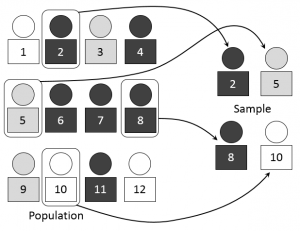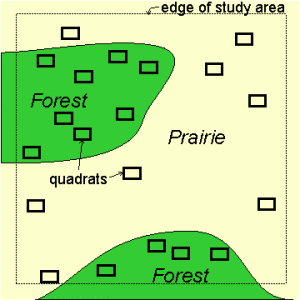Design of Experiments > Randomization
What is Randomization?
Randomization in an experiment is where you choose your experimental participants randomly. For example, you might use simple random sampling, where participants names are drawn randomly from a pool where everyone has an even probability of being chosen. You can also assign treatments randomly to participants, by assigning random numbers from a random number table.
If you use randomization in your experiments, you guard against bias. For example, selection bias (where some groups are underrepresented) is eliminated and accidental bias (where chance imbalances happen) is minimized. You can also run a variety of statistical tests on your data (to test your hypotheses) if your sample is random.
Randomization Techniques
The word “random” has a very specific meaning in statistics. Arbitrarily choosing names from a list might seem random, but it actually isn’t. Hidden biases (like a subconscious preference for English names, names that sound like friends, or names that roll off the tongue) means that what you think is a random selection probably isn’t. Because these biases are often hidden, or overlooked, specific randomization techniques have been developed for researchers:
1. Simple Random Sampling.

2. Permuted block randomization.
 Sometimes, just choosing participants randomly isn’t enough. You might want to balance your participants into groups, or blocks. Permuted block randomization is a way to randomly allocate a participant to a treatment group, while keeping a balance across treatment groups. Each “block” has a specified number of randomly ordered treatment assignments.
Sometimes, just choosing participants randomly isn’t enough. You might want to balance your participants into groups, or blocks. Permuted block randomization is a way to randomly allocate a participant to a treatment group, while keeping a balance across treatment groups. Each “block” has a specified number of randomly ordered treatment assignments.
3. Stratified Random Sampling.

There are less popular randomization methods. You can find a full list of these sampling methods here: Types of Sampling.